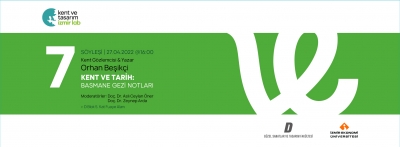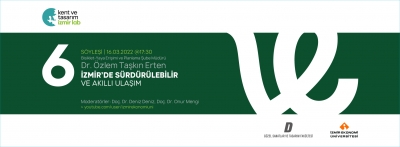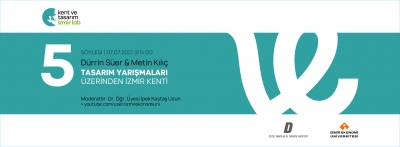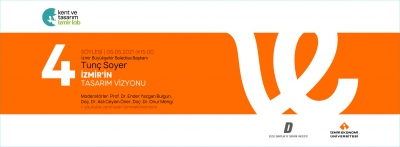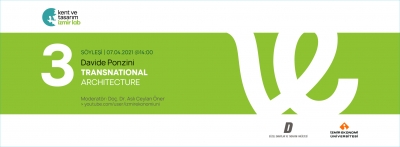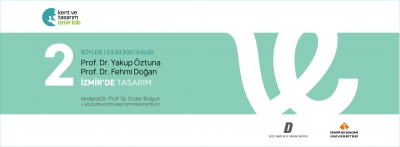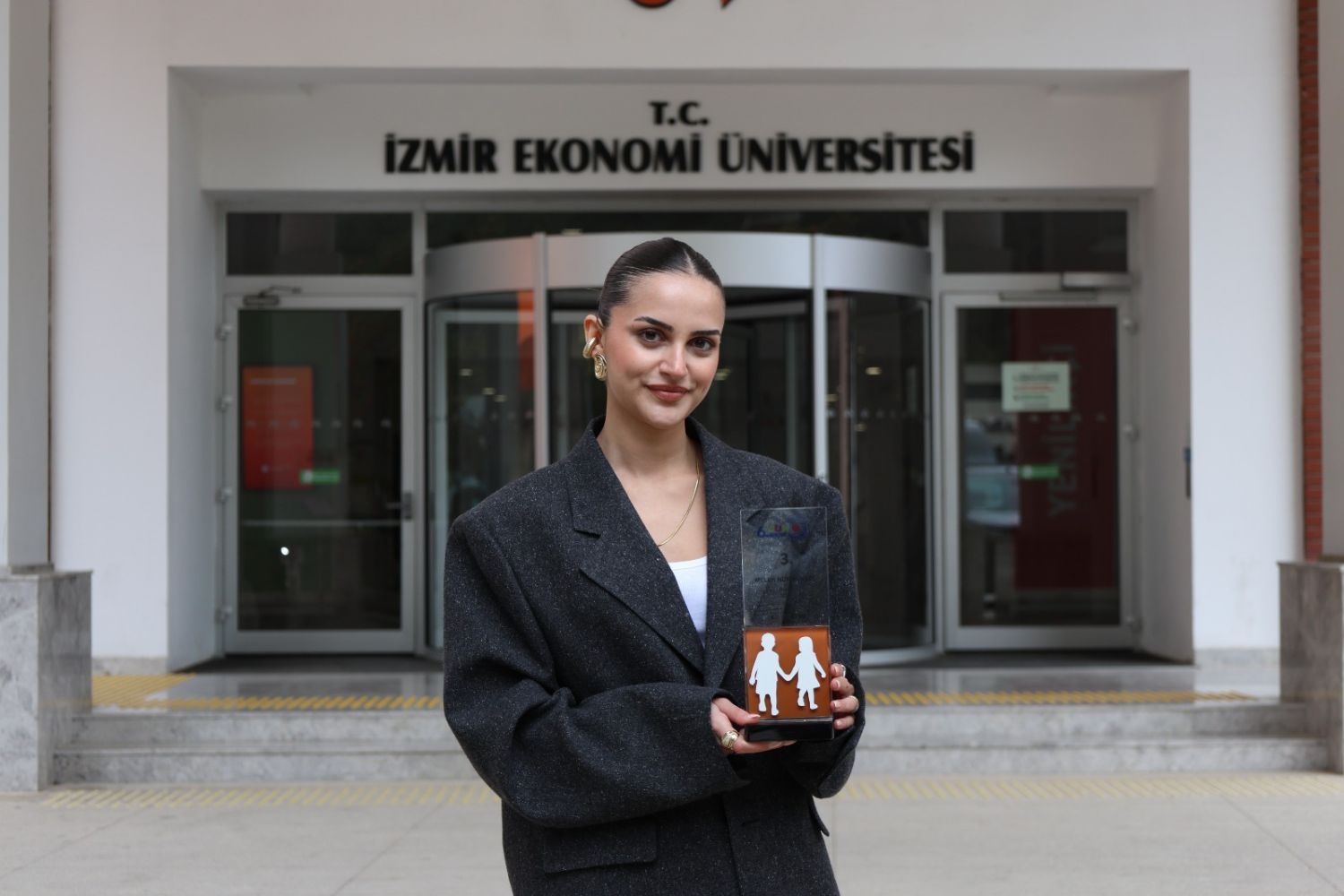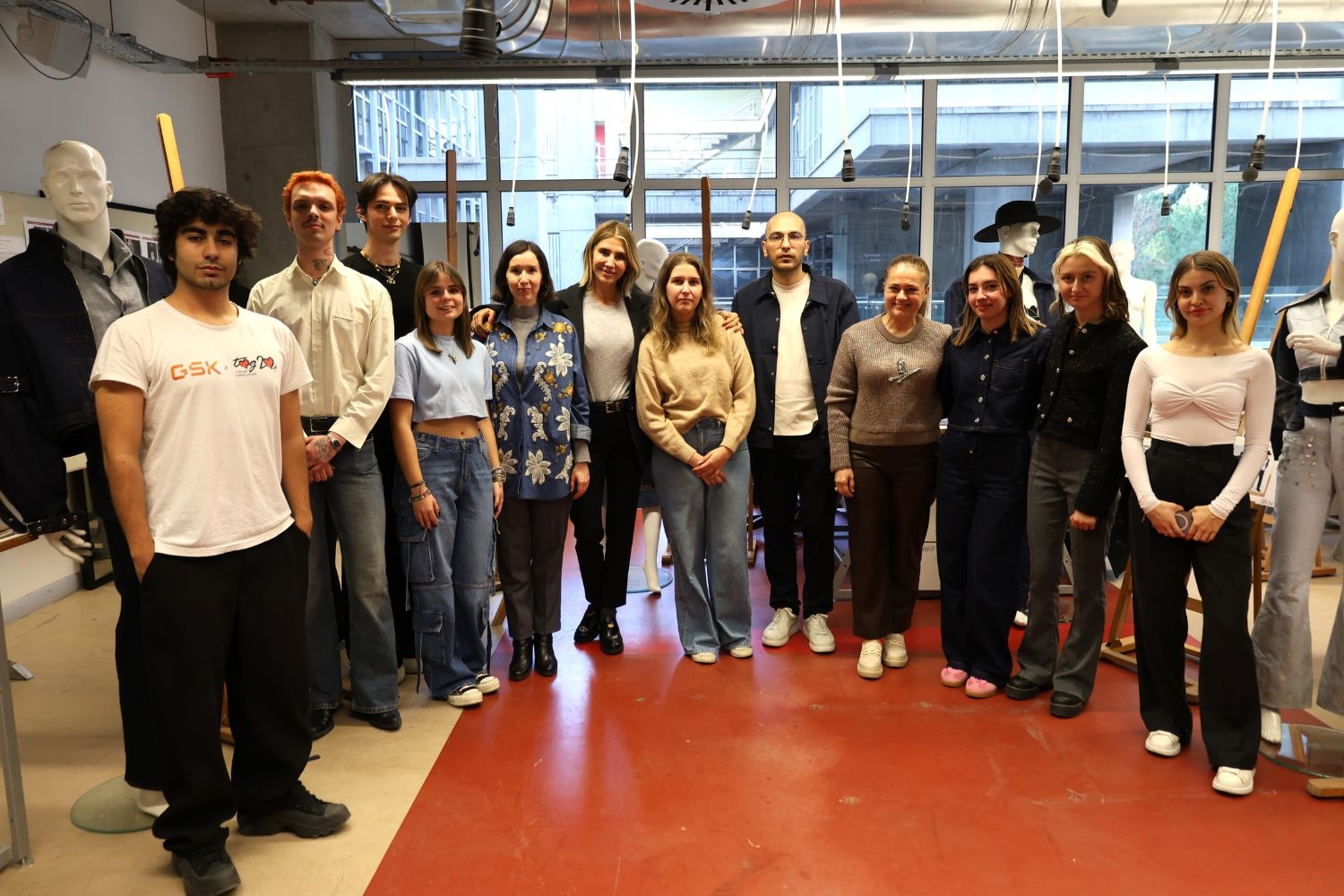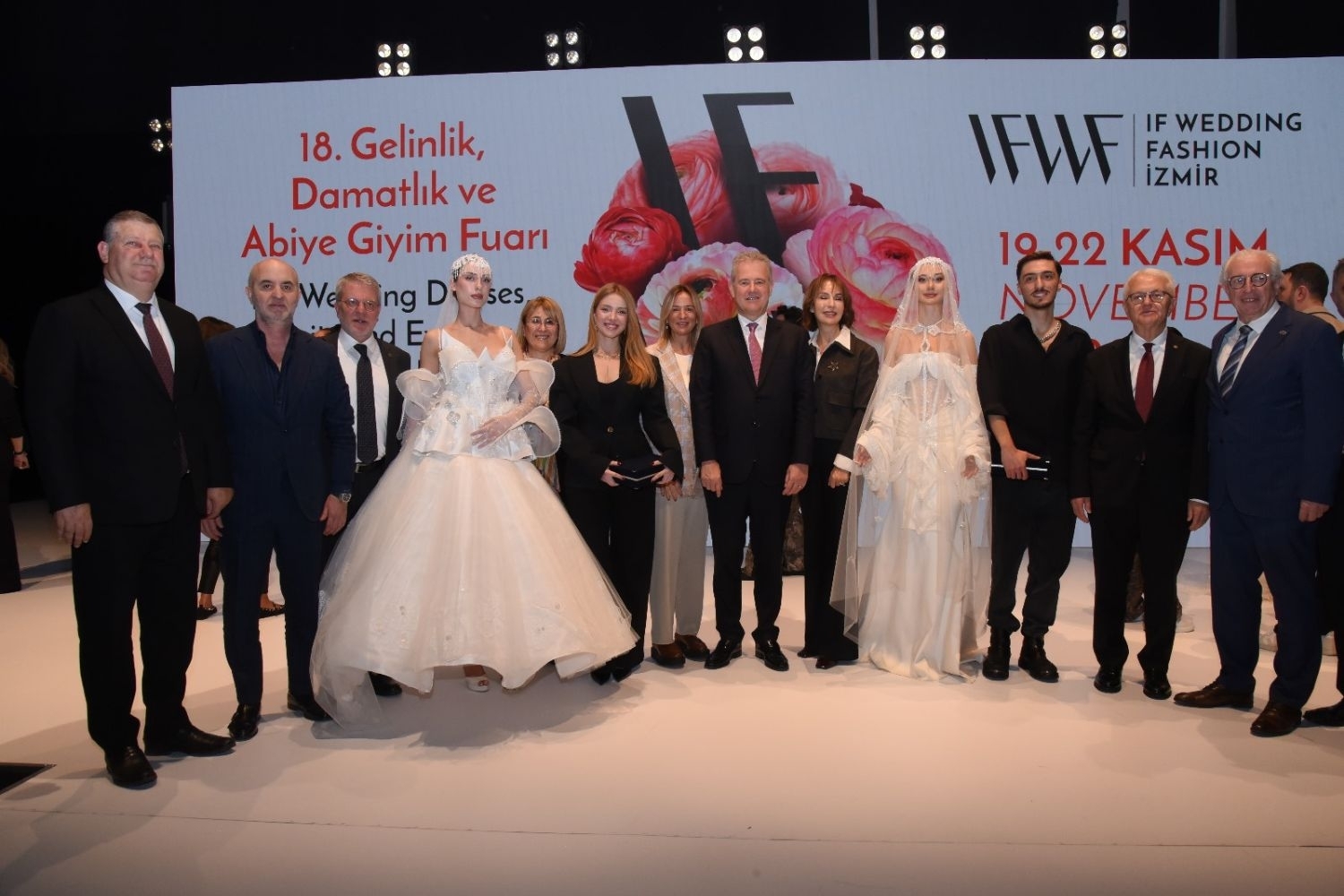FACULTY OF FINE ARTS AND DESIGN
Department of Textile and Fashion DesignFA 201 | Course Introduction and Application Information
| Course Name |
Fashion Studio: Introduction
|
|
Code
|
Semester
|
Theory
(hour/week) |
Application/Lab
(hour/week) |
Local Credits
|
ECTS
|
|
FA 201
|
Fall
|
0
|
8
|
4
|
10
|
| Prerequisites |
None
|
|||||
| Course Language |
English
|
|||||
| Course Type |
Required
|
|||||
| Course Level |
First Cycle
|
|||||
| Mode of Delivery | face to face | |||||
| Teaching Methods and Techniques of the Course | Critical feedbackJuryApplication: Experiment / Laboratory / WorkshopPractical demonstrationLecture / Presentation | |||||
| National Occupation Classification | - | |||||
| Course Coordinator | ||||||
| Course Lecturer(s) | ||||||
| Assistant(s) | - | |||||
| Course Objectives | This course offers an introduction to the fundamentals of fashion design, fashion trends, fashion business, and textile design. It focuses on understanding basic product families, from a commercial/ technical, and conceptual/experimental standpoint to offer different perspectives on the approach to design. |
| Learning Outcomes |
The students who succeeded in this course;
|
| Course Description | This course aims to develop research skills in relation to a variety of briefs that address different sectors within the industry. An interpretation of concepts through design development, fabric customization, and product realization will encourage creativity. Market research and brand analysis will help students realize the positioning of their designs within the industry. |
| Related Sustainable Development Goals |
|
|
Core Courses |
X
|
| Major Area Courses | ||
| Supportive Courses | ||
| Media and Management Skills Courses | ||
| Transferable Skill Courses |
WEEKLY SUBJECTS AND RELATED PREPARATION STUDIES
| Week | Subjects | Related Preparation |
| 1 | Collection Analysis Introduction | |
| 2 | Collection Analysis – Product Family & Details | Jenkyn Jones, S., “Fashion Design”, Laurence King Publishing Ltd, London, (2002)/ Chapter 4 Colour and Fabric • |
| 3 | Fabric Manipulation | Singer R. 2013. Fabric Manipulation 150 Creative Sewing Techniques. UK: David & Charles. |
| 4 | Market Research Report | Hameide, K., “Fashion Branding Unraveled”, Fairchild (2011) / Store Experience pp.196-205 |
| 5 | Market Research Report | Hameide, K., “Fashion Branding Unraveled”, Fairchild (2011) / Chaper 5 Mass Market Fashion Brands pp.157-171 |
| 6 | Design Project 1 – Introduction Product Family and Design Detail Analysis | SORGER Roger & UDALE Jenny,. “The Fundamentals of Fashion Design” AVA Publishing SA, Switzerland (2006) / Chapter 1 Research and Design pp.22-35 |
| 7 | Design Project 1 - Concept and Fabric Development | |
| 8 | Design Project 1 - Design Development Design Project 1 – Presentation Techniques | |
| 9 | Midterm Week | |
| 10 | Design Project 2 – Technical Drawing | SORGER Roger & UDALE Jenny,. “The Fundamentals of Fashion Design” AVA Publishing SA, Switzerland (2006) / Chapter 1 Research and Design pp.22-35 |
| 11 | Design Project 2 – Pattern Development | Singer R. 2013. Fabric Manipulation 150 Creative Sewing Techniques. UK: David & Charles. Lee R. 2010. Three-Dimensional Textiles with coils, loops, knots, and nets. United Kingdom: Batsford. Wolff C. 1996. The Art of Manipulating Fabric. Wisconsin: Krause Publications. |
| 12 | Design Project 2 – Sample Garment Sewing | |
| 13 | Design Project 2 – Product Realisation – Final Garment Preparation and Sewing | FISCHER A., 2009. Construction, Ava Publishing SA, Switzerland/ Draping on the mannequin pp.120-131 Aldrich, W. (2013) Fabrics and Pattern Cutting. / Chapter 6 Basic Adaptions of the Bodice Block pp.91-102 |
| 14 | Design Project 2 – Project Presentation | |
| 15 | Final Jury Presentation | |
| 16 | Summation of Semester |
| Course Notes/Textbooks | |
| Suggested Readings/Materials | Aldrich, W. “Fabrics and Pattern Cutting” Blackwell Science Ltd., (2013) ISBN: 0-63203612-5 Brannon, E., L., “Fashion Forecasting”, Fairchild Publications NY (2005) ISBN: 1-56367-350-9 FISCHER A., 2009. Construction, Ava Publishing SA, Switzerland ISBN-13: 978-2940373758 Hameide, K., “Fashion Branding Unraveled”, Fairchild (2011) ISBN: 9781563678745 Jenkyn Jones, S., “Fashion Design”, Laurence King Publishing Ltd, London, (2002) ISBN : 1785391593 Lee R. 2010. Three-Dimensional Textiles with coils, loops, knots, and nets. United Kingdom: Batsford. ISBN: 1906388644 Singer R. 2013. Fabric Manipulation 150 Creative Sewing Techniques. UK: David & Charles. ISBN: 1446302474 Sorger Roger & UDALE Jenny,. “The Fundamentals of Fashion Design” AVA Publishing SA, Switzerland (2006) ISBN: 9782940411788 Wolff C. 1996. The Art of Manipulating Fabric. Wisconsin: Krause Publications. ISBN: 9780801984969 |
EVALUATION SYSTEM
| Semester Activities | Number | Weigthing |
| Participation | ||
| Laboratory / Application | ||
| Field Work | ||
| Quizzes / Studio Critiques |
1
|
25
|
| Portfolio | ||
| Homework / Assignments | ||
| Presentation / Jury |
2
|
50
|
| Project |
1
|
25
|
| Seminar / Workshop | ||
| Oral Exams | ||
| Midterm | ||
| Final Exam | ||
| Total |
| Weighting of Semester Activities on the Final Grade |
4
|
100
|
| Weighting of End-of-Semester Activities on the Final Grade | ||
| Total |
ECTS / WORKLOAD TABLE
| Semester Activities | Number | Duration (Hours) | Workload |
|---|---|---|---|
| Theoretical Course Hours (Including exam week: 16 x total hours) |
16
|
0
|
|
| Laboratory / Application Hours (Including exam week: '.16.' x total hours) |
16
|
8
|
128
|
| Study Hours Out of Class |
14
|
2
|
28
|
| Field Work |
0
|
||
| Quizzes / Studio Critiques |
1
|
44
|
44
|
| Portfolio |
0
|
||
| Homework / Assignments |
0
|
||
| Presentation / Jury |
2
|
25
|
50
|
| Project |
1
|
50
|
50
|
| Seminar / Workshop |
0
|
||
| Oral Exam |
0
|
||
| Midterms |
0
|
||
| Final Exam |
0
|
||
| Total |
300
|
COURSE LEARNING OUTCOMES AND PROGRAM QUALIFICATIONS RELATIONSHIP
|
#
|
Program Competencies/Outcomes |
* Contribution Level
|
|||||
|
1
|
2
|
3
|
4
|
5
|
|||
| 1 |
To be able to develop and design a collection independently. |
-
|
-
|
-
|
X
|
-
|
|
| 2 |
To be able to do maintain a design research individually or as a team. |
-
|
-
|
-
|
X
|
-
|
|
| 3 |
To be able to develop entrepreneurship- and managerial skills for a future professional practice. |
-
|
-
|
-
|
-
|
-
|
|
| 4 |
To be able to understand, interpret and apply theoretical knowledge in fashion and textile design. |
-
|
-
|
X
|
-
|
-
|
|
| 5 |
To be able to analyze and integrate the particular local and regional needs and of their profession. |
-
|
X
|
-
|
-
|
-
|
|
| 6 |
To be able to obtain a multidisciplinary point of view, follow and analyze the new issues, changes and trends in contemporary design and art in such a way that they can be integrated into design practice. |
-
|
-
|
X
|
-
|
-
|
|
| 7 |
To be able to apply industrial requirements, knowledge of material & usage and know-how knowledge in the creation of high quality fashion products. |
-
|
-
|
-
|
X
|
-
|
|
| 8 |
To be able to use digital information and communication technologies at a level that is adequate to the discipline of fashion and textile design. |
X
|
-
|
-
|
-
|
-
|
|
| 9 |
To be able to develop an ongoing analytical and professional approach to academic and design research. |
X
|
-
|
-
|
-
|
-
|
|
| 10 |
To be able to recognize the need and importance of a personal lifelong learning attitude towards their chosen area of interest. |
-
|
-
|
X
|
-
|
-
|
|
| 11 |
To be able to collect data in the areas of fashion and textile design and communicate with colleagues in a foreign language ("European Language Portfolio Global Scale", Level B1). |
-
|
-
|
-
|
-
|
-
|
|
| 12 |
To be able to speak a second foreign at a medium level of fluency efficiently. |
-
|
-
|
-
|
-
|
-
|
|
| 13 |
To be able to relate the knowledge accumulated throughout the human history to their field of expertise. |
-
|
-
|
-
|
-
|
-
|
|
*1 Lowest, 2 Low, 3 Average, 4 High, 5 Highest
NEWSALL NEWS

IZMIR UNIVERSITY OF ECONOMICS GÜZELBAHÇE CAMPUS
DetailsGLOBAL CAREER
As Izmir University of Economics transforms into a world-class university, it also raises successful young people with global competence.
More..CONTRIBUTION TO SCIENCE
Izmir University of Economics produces qualified knowledge and competent technologies.
More..VALUING PEOPLE
Izmir University of Economics sees producing social benefit as its reason for existence.
More..









